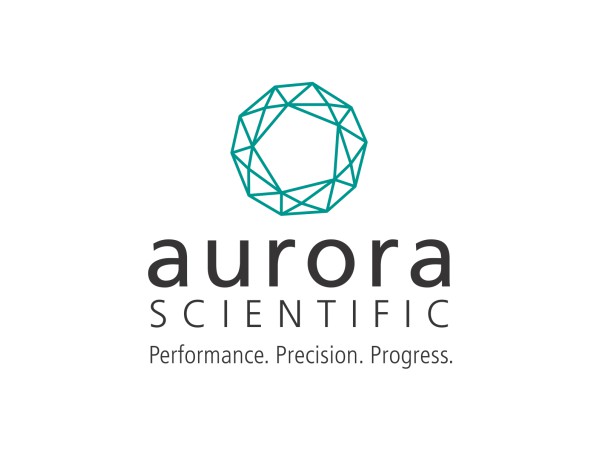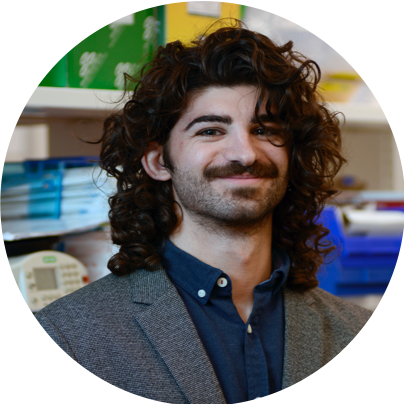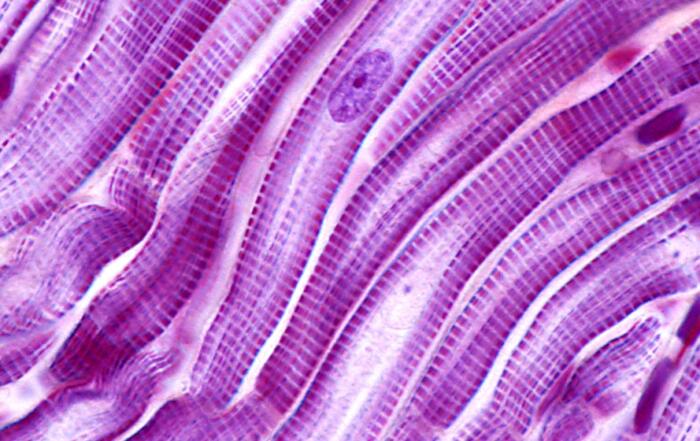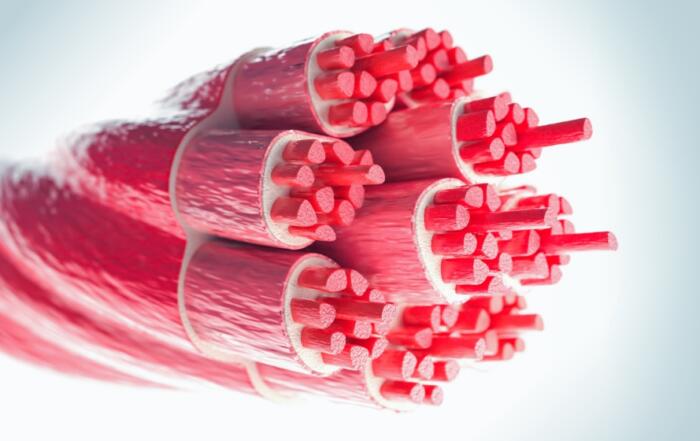The MRL/MpJ Mouse Strain Is Not Protected From Muscle Atrophy And Weakness After Rotator Cuff Tear
Christopher Mendias Lab
Hospital for Special Surgery
Alex Piacentini graduated from his undergrad at Binghamton University in 2016 with a BS in Biological Sciences. He then went to Tufts University for a Master’s in Conservation Medicine. This research focused on wildlife conservation and bringing multiple scientific specialties together to encourage collaboration across disciplines. Alex is very interested in the connections within biological systems and using them in novel ways to solve complex, multifactorial problems.
Analyzing whether MRL mouse strain has any enhanced healing ability after injury in skeletal muscle. This strain has been touted as a “superhealer” although different tissues have previously displayed different levels of healing ability. We sought to test that ability in skeletal muscle.
This Virtual Poster has been made available to the scientific community by Aurora Scientific, Inc.
Aurora Scientific, Inc.
Aurora Scientific supports the scientific community in its goal of research and discovery by providing precision instrumentation of the highest quality design, construction and functionality for Muscle Physiology, Material Science and Neuroscience applications.

Additional Content From Aurora Scientific, Inc.
Molecular Signals Mediating Increases in Muscle Size and Function
In this webinar, Dr. Bert Blaauw elucidates skeletal muscle regulatory pathways and offers approaches to tackle muscle deficits for therapy.
Cut and Paste of Myosin Binding Protein-C in Striated Muscles
Dr. Samantha Harris discusses the development of three new mouse models in her lab, engineered to target and replace specific myosin binding protein-C paralogs in muscle fibers and impact of their mutations on skeletal and cardiac muscle diseases.
Integrating Patient Engagement and Trainee Development in Pre-Clinical Research
Christopher Perry, PhD discusses how his laboratory aims to discover mechanisms by which metabolic dysfunction causes muscle weakness and apply these findings to develop new therapies for muscle disorders. Homira Osman, PhD provides a particular focus on leveraging scientific findings for practice and policy and linking trainees with patient communities.
Related Content
Control of Muscle Glucose Uptake in vivo: Thinking Outside the Myocyte
In this webinar, David Wasserman, PhD provides a more complete understanding of muscle glucose uptake through consideration of the integration of physiological systems that control this process.
Functional Recovery of the Musculoskeletal System Following Injury – Leveraging the Large Animal Model
Watch Dr. Sarah Greising discuss the current pathophysiologic understanding of the skeletal muscle remaining following traumatic musculoskeletal injuries.
Cardiac Tissue Slices: Preparation, Data Acquisition, and Analysis
Dr. Bradley Palmer demonstrates the challenging preparation of cardiac tissue slices and measurement of force and calcium.






